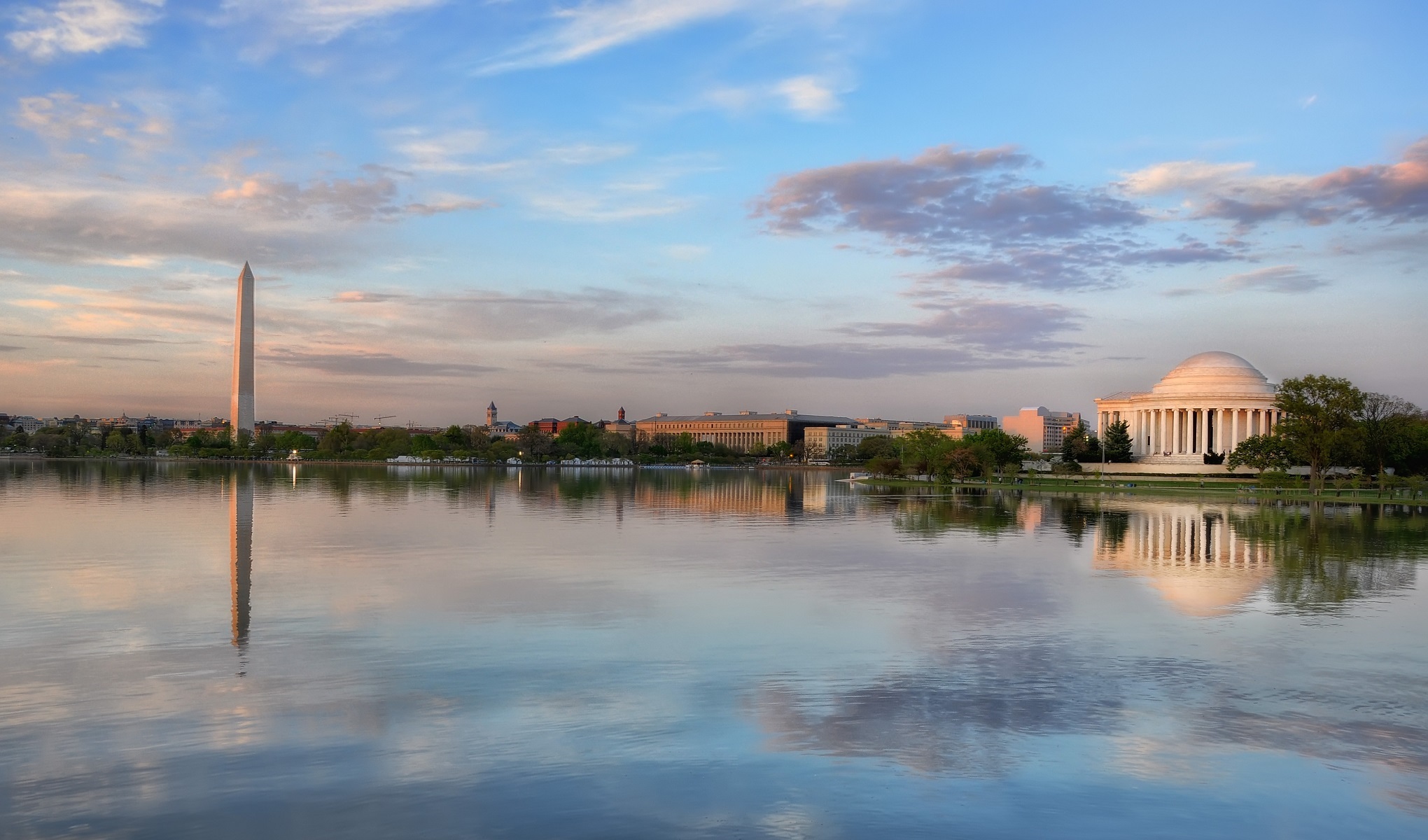By: Sam Whittaker
A federal government shutdown began at 12:01 a.m. on October 1, 2025, as Congress failed to reach an agreement to temporarily continue funding the United States government. In the days leading up to the shutdown, federal agencies released updated contingency plans for their operations in the event of a lapse in appropriations. Several of these plans provide important information for the higher education community as schools and colleges navigate the uncertainties created by the shutdown.
Higher Education Activities Unaffected by the Government Shutdown:
Secretary of Education Linda McMahon indicated in a memorandum to the Office of Management and Budget (OMB), dated September 28, 2025, that Pell Grants and Federal Direct Student Loans will continue to be disbursed during a shutdown. Further, recipients of prior U.S. Department of Education grants will be able to access their federal funds. Other key operations will continue, such as processing of the Free Application for Federal Student Aid and servicing federal student loans. The Department’s Office of Inspector General will also maintain enough employees to engage in law enforcement functions “necessary to protect life and property.”
In contrast to previous shutdowns, Secretary McMahon stated that Federal Student Aid (FSA) plans to “except agency employees as needed to conduct” rulemaking necessary to meet the requirements of the One Big Beautiful Bill Act, Pub. L. 119–21, 139 Stat. 72 (2025). Under the prior Department of Education contingency plan, regulatory actions were generally paused during a lapse in appropriations. This update will allow the Department to continue its negotiated rulemaking process with the Reimagining and Improving Student Education Committee, which will draft proposals concerning new student loan repayment plans and federal student loan limitations. The Department previously announced plans for the Committee to convene virtually from October 15-17, 2025, in the event of a shutdown.
The U.S. Department of Veterans Affairs (VA) announced that the Veterans Benefits Administration will continue to process education benefit claims and pay out veterans’ education benefits.
The U.S. Department of State expects to continue consular operations, both domestically and abroad, including student visa services, during the shutdown.
Higher Education Activities Affected by a Government Shutdown:
Perhaps the most dramatic impact of a federal government shutdown is the furlough of many federal workers. Within the Department of Education, the updated contingency plan calls for a furlough of 87% of non-FSA employees and nearly 85% of FSA employees. This would come on top of the reduction in force originally announced in March 2025 that impacted nearly 50% of the Department’s workforce. The updated contingency plan estimates that the percentage of non-FSA furloughed staff could be as high as 95% during the first week of a shutdown. Notably, Secretary McMahon’s memorandum did not address the possibility of further reductions in force at the Department after news reports last week that OMB instructed agencies to prepare for more firings in the event of a shutdown.
The furlough of staff will likely delay regulatory work such as the processing of borrower defense to repayment claims, the investigation of civil rights complaints by the Office for Civil Rights, and the processing of electronic applications submitted by schools for changes in ownership and other required updates. An extended shutdown could exacerbate the effects of prior staffing cuts during the current administration and cause delays in communication, technical support, and regulatory guidance for the higher education community.
The Department of Education will cease any new grantmaking activities for the duration of the government shutdown. During prior shutdowns, the Integrated Postsecondary Education Data System has been inaccessible, although this was not expressly addressed in the Department’s updated contingency plan.
The VA has stated that the Education Call Center (known as the GI Bill Hotline) will cease operations during the shutdown.
Conclusion:
Secretary McMahon’s memorandum attempted to strike a reassuring note and clarified that the higher education community can expect continued disbursement of federal student aid and preexisting grants during the shutdown, minimizing the potential disruption to students and institutions.
Of course, the amount of disruption will depend on the length of the shutdown. There have been over twenty instances when a gap in congressional appropriations has occurred since 1976. The longest government shutdown stretched from December 22, 2018, to January 25, 2019, a total of 35 days. According to Sen. Lindsey Graham (R-S.C.), the current shutdown may last until at least next week when the House of Representatives leadership plans to return to Washington, D.C. But only time will tell how long the shutdown will last and what the precise impact on the higher education community will be. In the meantime, FSA released guidance regarding operations and communications during the shutdown.

